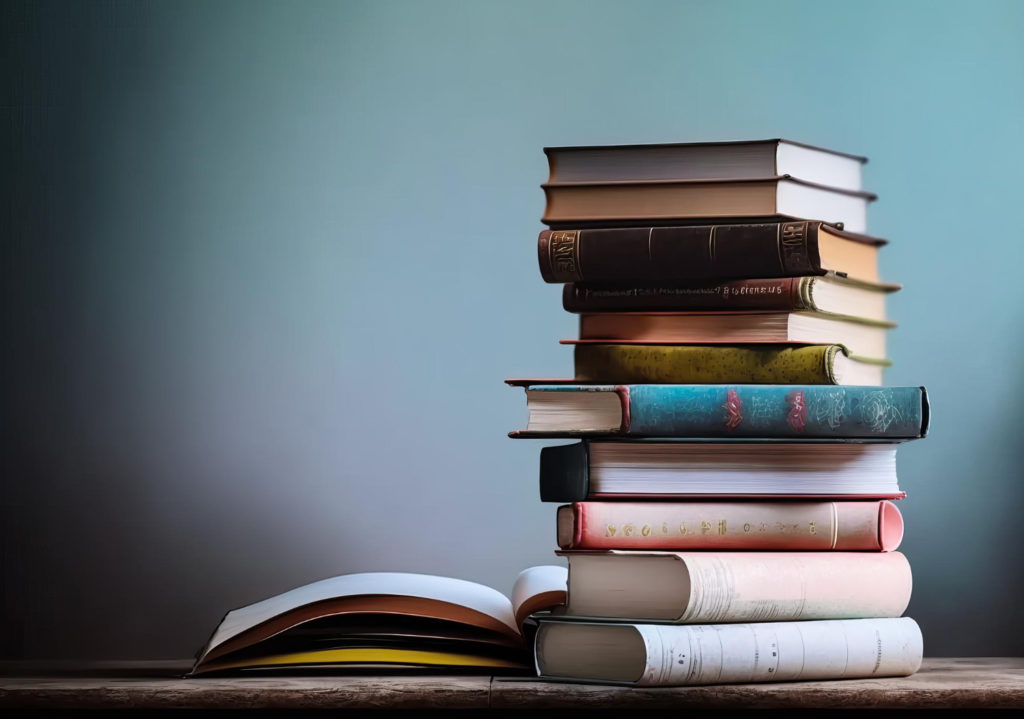Mustadi Marma Kashaya is an Ayurvedic proprietary medicine in liquid (decoction) form. It is used mainly in the management of fracture and dislocation.
Table of Contents
ToggleUses
Mustadi Marma Kashayam is used to treat Marmabhighata (Injury to vital points),
Traumatic injuries, Aches, Inflammations, Sprain,
Fractures and dislocations,
Muscular pain, Osteoporosis, Degenerative joint disease
Synonyms
Mustadi Marma Kashyam, Mustadi Marma Kashaya, Musthadi Marma Kashayam
Effect on Tridosha
It is tridosha hara or pacifies all the three doshas
Dose and Adjuvant
Adult: 15 ml Kashayam with 30 ml warm water, twice daily before food.
Children: 5 – 10 ml Kashayam with double quantity of warm water, twice daily before food.
With western medicines
Seek your doctor’s advice if you are taking this product along with other western (allopathic/modern) medicines. Some Ayurvedic herbs can interact with modern medicine.
If both Ayurvedic and allopathic medicines are advised together, then it is best to take allopathic medicine first, wait for 30 minutes and then, after a gap of 15 – 30 minutes, take Ayurvedic medicine or as directed by the physician.
Can this be used while taking Homeopathic medicine?
Yes. This product does not react with homeopathic medicine.
With supplements like multivitamin tablets, Omega 3 fatty acids etc?
Yes. Generally, this product goes well with most of the dietary supplements. However, if you are taking more than one product per day, please consult your doctor for an opinion.
Side effects
There are no recorded side effects of this kashayam in the prescribed dose.
In a higher dose, it may worsen gastritris.
Contents
- Musta (Cyperus rotundus) – 1 part
- Vasuka (Spermococe hispida) – 1 part
- Mridukunjika (Physalis minima) – 1 part
- Lonika (Portulaca oleracea) – 1 part
- Sakralatha (Cardiospermum halicacabum) – 1 part
- Bala (Sida cordifolia) – 1 part
- Vilwa (Aegle marmelos) – 1 part
- Bakuchi (Cullen corylifolium) – 1 part
- Dhanyaka (Coriandrum sativum) – 1 part
- Kutaja (Holarrhena pubescens) – 1 part
- Vidanga (Embelia ribes) – 1 part
- Brihati (Solanum anguivi) – 1 part
- Dusparsa (Tragia involucrata) – 1 part
- Sariba (Hemidesmus indicus) – 1 part
- Parushaka (Grewia asiatica) – 1 part
- Nimba (Azadirachta indica) – 1 part
- Kuruta (Pergularia daemia) – 1 part
- Jati (Myristica fragrans) – 1 part
- Rasna (Alpinia galanga) – 1 part
- Madhukam (Glycyrrhiza glabra) – 1 part
- Jiraka (Cuminum cyminum) – 1 part
- Draksha (Vitis vinifera) – 1 part
- Talisapatra (Abies spectabilis) – 1 part
- Lavanga (Cinnamomum verum) – 1 part
- Tejovati (Celastrus paniculatus) – 1 part
- Gunja (Abrus precatorius) – 1 part
- Sunthi (Zingiber officinale) – 1 part
- Lavanga kusuma (Syzygium aromaticum) – 1 part
- Ela (Elettaria cardamomum) – 1 part
- Arka (Calotropis gigantea) – 1 part
- Tripadi (Desmodium triflorum) – 1 part
- Dhanavalli (Naravelia zeylanica) – 1 part
- Vishnukranti (Evolvulus alsinoides) – 1 part
- Mandukaparni (Centella asiatica) – 1 part
Method of Preparation
All the above herbs should be taken in one part each and boiled with 16 parts of total quantity of all the herbs. Boiling should be continued until the1/4th quantity remains. This is strained and used for consumption.
Reference
It is a proprietory preparation of Arya Vaidya Sala Kottakkal
Please consult your doctor before taking this medicine.
This article is written by Dr. Janardhana V Hebbar BAMS, MD (Ayu), PGDPSM, Managing Director, Easy Ayurveda Hospital.
It is reviewed by Dr. Shilpa Ramdas BAMS, MD (Ayu), Chief Ayurvedic Physician, Easy Ayurveda Hospital






